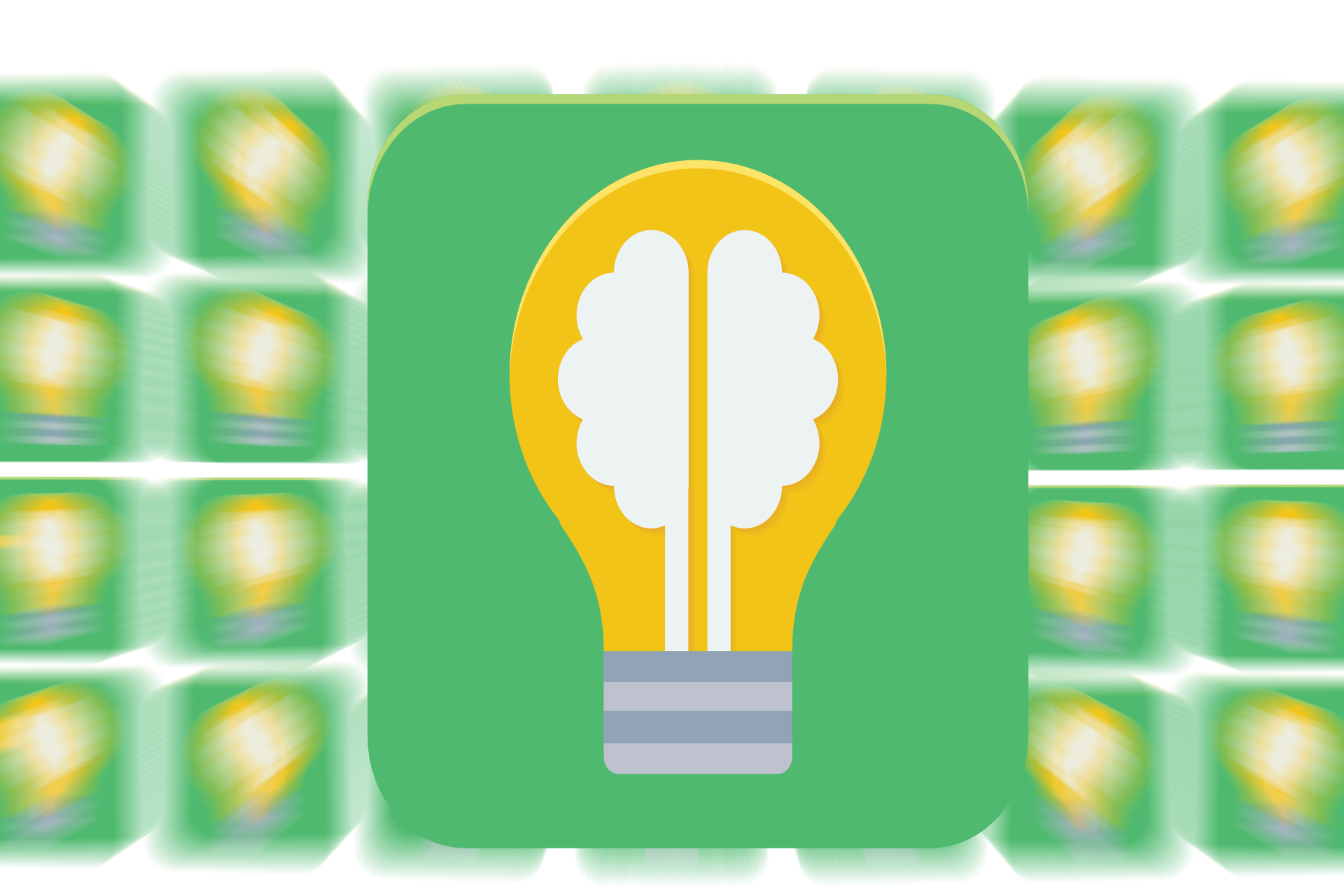 At some point over the past three years, Chelsea — our Terrier-Dauschund mix — pinpointed Clyde as The Big Dog in our household. When Clyde and I walk into the house together, Clyde is consistently greeted first. When orders must be given, Clyde’s orders carry more weight. When Clyde moves from one room to the other, Chelsea follows.
At some point over the past three years, Chelsea — our Terrier-Dauschund mix — pinpointed Clyde as The Big Dog in our household. When Clyde and I walk into the house together, Clyde is consistently greeted first. When orders must be given, Clyde’s orders carry more weight. When Clyde moves from one room to the other, Chelsea follows.
I’m fine with that.
But over the past six months, an annoying power struggle has emerged. When Clyde sits on the couch, Chelsea claims the seat next to him … and only very reluctantly gives it up for me. When we come to doors, Chelsea shoves me aside to exit first. On walks, Chelsea rushes ahead, tries to drag me behind her, and digs in when I say it’s time to go. Increasingly, Chelsea views my commands as “non-binding resolutions” — requests to be obeyed when convenient and ignored when not.
The straw that broke this camel’s back, though, came about two weeks ago, when I told Chelsea to drop a forbidden object … and she responded by growling and snapping at me.
In short: Clyde was still The Big Dog … but Chelsea was absolutely determined to be Dog Number Two.
I wasn’t fine with that … so here’s how I fixed the problem.
Step One: Get a Good Book
While I was comfortable teaching “Sit!” and “Stay,” I didn’t have the skills I needed to respond appropriately to Chelsea’s challenges. (When I was a kid, when I acted up, I got swatted, and that approach was clearly not working with Chelsea.) So I did what any author of how-to books would do: I went to Books-a-Million, thumbed through the various dog-training books, and picked out The Everything Dog Training and Tricks Book.
This book does a really great job of emphasizing that misbehaving dogs need more than someone to tell them “No!” In order to do better, dogs have to learn (through practice, with lots of rewards) the right thing to do.
With this in mind, I’ve reconfigured the way Chelsea and I interact. Walking beside me (not in front of me) earns treats and praise. Sitting quietly by the door while someone knocks earns a reward. Greeting friends with an eager wag of the tail (instead of jumping up on them) gets reinforced as a Very Good Thing.
Chelsea’s a smart dog; with lots of positive reinforcement, we’re seeing dramatic differences in behavior in less than a week.
Step Two: Be Consistent
As The Everything Dog Training and Tricks Book points out, dogs don’t handle context well.
When alone, Clyde loves to have Chelsea join him on the couch. Unfortunately, from Chelsea’s point of view, one such invitation becomes a standing invitation to join him on the couch at all times, always and forever, world without end, amen. From Chelsea’s perspective, when Clyde is on the couch, she’s supposed to be at his side.
And that, of course, is why, when I would sit by Clyde, Chelsea would constantly whine, pace, whimper, nudge us, and, eventually, leap up and squeeze in between us.
Now, we’ve established clear rules: couches are for humans, not for dogs. After a day or two of adjustment, Chelsea is perfectly happy lying at our feet on a little bed we’ve placed there just for her … and our TV time is no longer punctuated with whining and pacing.
Step Three: Trash Your Tension Leash
We’ve always used a tension leash with Chelsea — one of those bright red “fishing reel”-style leashes with a twenty-five foot length of cable that retracts with the click of a button. As it turns out, tension leases encourage some really problematic behavior.
When you walk your dog, does she stay as far ahead of you as the leash will allow? Is she straining at the leash and pulling you along behind her? When you’re ready to move on, does she dig in and refuse to follow? If so, I’ll bet you’re using a tension leash.
Instead of training your dog to walk calmly beside you, a tension leash teaches the animal that there should always be tension on the leash. The result? To keep the leash from going limp, she learns to strain forward and dig in with all her might.
We’ve trashed tension leash, substituting a six-foot nylon leash that keeps Chelsea closer to us and offers more control.
Step Four: Get a Gentle Leader Head Collar
 Whenever Chelsea would dart forward, strain ahead, or dig in, I couldn’t stand the way she would choke herself on her collar. I mean, that just can’t feel good!
Whenever Chelsea would dart forward, strain ahead, or dig in, I couldn’t stand the way she would choke herself on her collar. I mean, that just can’t feel good!
The Gentle Leader is a head collar, with one loop that attaches loosely across the snout and another that snaps into place snugly behind the ears. Thanks to the unique construction of the head collar, if Chelsea strains forward, she doesn’t choke; instead, when she reaches the end of her rope, her head is turned, very gently, to look back at me.
I never have to yank or pull the leash; Chelsea’s own actions create tension (prompting her to stop and look back at me) or relieve it (prompting her to walk comfortably by my side). The impact of the Gentle Leader on Chelsea’s behavior during walks is nothing short of miraculous; within one day, she went from straining forward and dragging me behind to walking by my side about ninety percent of the time.
Step Five: Work on Meeting and Greeting
Chelsea adores our friend, Dan, and loves to greet him by jumping up on him; unfortunately, since that’s okay, Chelsea thinks she should be able to greet everyone that way. This doesn’t go over so well with total strangers and little old ladies terrified of breaking a hip. Also, with an eye toward a future in which we live in, say, a high-rise condo in Atlanta, we didn’t want to be struggling to keep Chelsea from jumping on neighbors during elevator rides.
On walks, the Gentle Leader has handled this problem for us, with zero effort on our part. If Chelsea lunges forward, the head leash gently stops her and brings her attention back to me. As a result, she now greets neighbors and strangers by sitting or standing still — no jumping.
Meanwhile, we’re enlisting friends to help us in what must seem like a very bizarre — but very effective! — training program to rewire how Chelsea greets arrivals at our house. As often as we can think to, we’re knocking on the door. At first, we praised Chelsea for merely wandering to the landing to the left of the entrance. Then, slowly, we demanded more specific behaviors: now she has to “go to her place,” sit, and remain seated while the door is opened and the visitor comes inside. If she behaves properly, the visitor gives her a treat or praise.
This is really hard for her; as a terrier, she loves to jump! But it’s making her a better citizen, and, again, her progress has been swift and remarkable.
Results
In less than a week, Chelsea is behaving better … and she’s convinced once again that I’m Dog Number Two.
As I’m writing this, she’s lying comfortably at my feet. When we left for our early morning walk, Chelsea waited patiently for me to exit the door and the gate before her. During our walk, she kept perfect pace, staying right by my side. She responded to “sit” and “speak” commands, even when we were on the edge of a busy street.
When I knocked on the door this morning, she went to her place, sat, and didn’t budge when I opened the door. During TV time, she curls up in her bed at the foot of the couch and doesn’t whine or pace. When I tell her to drop something she has in her mouth, she responds immediately — the growling and snapping I saw a couple of weeks ago have disappeared entirely.
All of this has been accomplished with positive reinforcement, a few treats, verbal cues, and zero punishment. As it turns out, a little consistency and a lot of attention can go a long way toward dispelling bad behaviors.
I guess Chelsea’s not the only old dog who’s been learning new tricks around here.


Sounds like Chelsea needed some alpha-ing.
Mark, you should watch The Dog Whisperer. He regularly discusses dog psychology and how the problem lies almost always in the owner’s behavior or lack thereof. It’s a very insightful show for dog owners.
Ah-h-h…….the old “unintended consequence”. We’re really happy for you all and this great new relationship but….Jeri often has said privately that when she left this life she was counting on coming back as Mark and Clyde’s dog. She may be reconsidering…..too much structure.